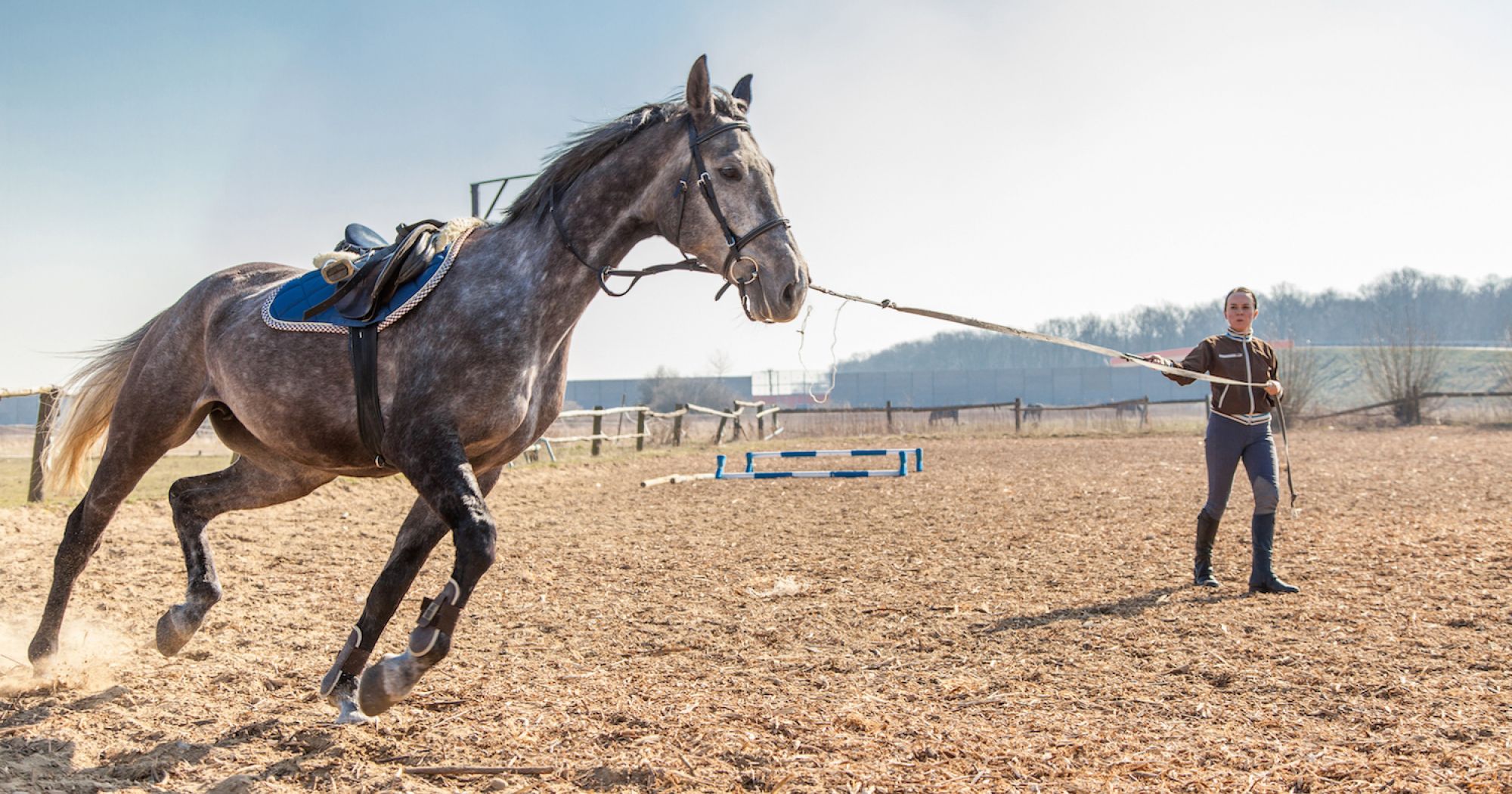Exercise is a vital part of maintaining a healthy horse, just as it is for humans. However, not all exercise routines are created equal—what suits a young, energetic Thoroughbred may not be ideal for an aging Shetland pony. In this comprehensive guide, we’ll explore how to tailor exercise routines for horses according to age and activity level, ensuring that your equine companion remains fit and happy throughout its life.
The Importance of Exercise in a Horse’s Life
Exercise is crucial for the physical and mental well-being of a horse. Not only does it help in muscle building and cardiovascular health, but it also aids in mental stimulation. Lack of exercise can lead to various issues, including obesity, behavioral problems, and even depression in horses.
Factors to Consider Before Crafting an Exercise Routine
Horse’s Age
Younger horses may require more active and frequent exercise to expend energy, while older horses may need gentler, more moderate routines.
Activity Level
The exercise needs of a performance horse will be drastically different from a horse that is primarily kept for leisure riding or companionship.
Health Conditions
Always consider any preexisting conditions or limitations the horse may have before setting up an exercise regimen.
Exercise Routines Tailored to Age
Foals and Young Horses
Young horses are naturally energetic and may get plenty of exercise from free play in a safe, enclosed area. Focus on:
- Free Roaming: Allow them to roam freely in a secure paddock.
- Basic Training: Introduce basic commands and simple tasks.
Adult Horses
Adult horses need a structured exercise regimen to keep them in top shape. Depending on their activity level, you might consider:
- Trail Riding: A relaxing way to get moderate exercise.
- Dressage or Jumping: For more active horses involved in sport.
- Lunging: Good for off-ride days to keep them engaged.
Senior Horses
Older horses require gentler exercise routines tailored to their capabilities.
- Light Walking: Short strolls to keep joints mobile.
- Stretching Exercises: To maintain flexibility.
Exercise for Different Activity Levels
Performance Horses
These horses need rigorous and specialized routines that focus on the muscles and skills they’ll use in their respective sports. Always consult with a professional trainer to craft a program.
Leisure Horses
Moderate exercise like trail riding, light jogging, or free roaming in a paddock can suffice.
Companion Horses
Even if your horse is primarily a companion animal, it will still benefit from light exercise to keep it healthy and engaged.
Safety Tips
- Warm-Up and Cool Down: Always warm up before starting any exercise routine and cool down afterward.
- Stay Hydrated: Ensure that your horse has access to clean water before and after exercise.
- Monitor for Signs of Stress: Keep an eye on your horse’s behavior and physical signs to ensure it is not overexerted.
Monitoring Progress and Making Adjustments
Just like humans, horses will show progress with a consistent exercise regimen. Monitoring this progress through regular vet checkups and your observations is crucial. Adjust the routine as needed, especially if the horse gains or loses weight, seems stressed, or reaches different life stages.
Conclusion
An appropriate exercise routine can make a world of difference in the quality of life for your horse. Taking into account the age and activity level of your horse will ensure that you’re providing the right kind of physical and mental stimulation. Remember, the goal is to keep your horse healthy, happy, and active for as long as possible. Crafting an effective exercise routine is a significant step in achieving that goal.
